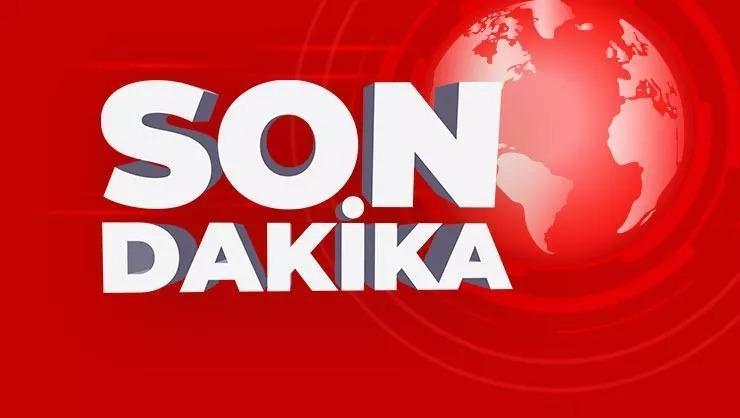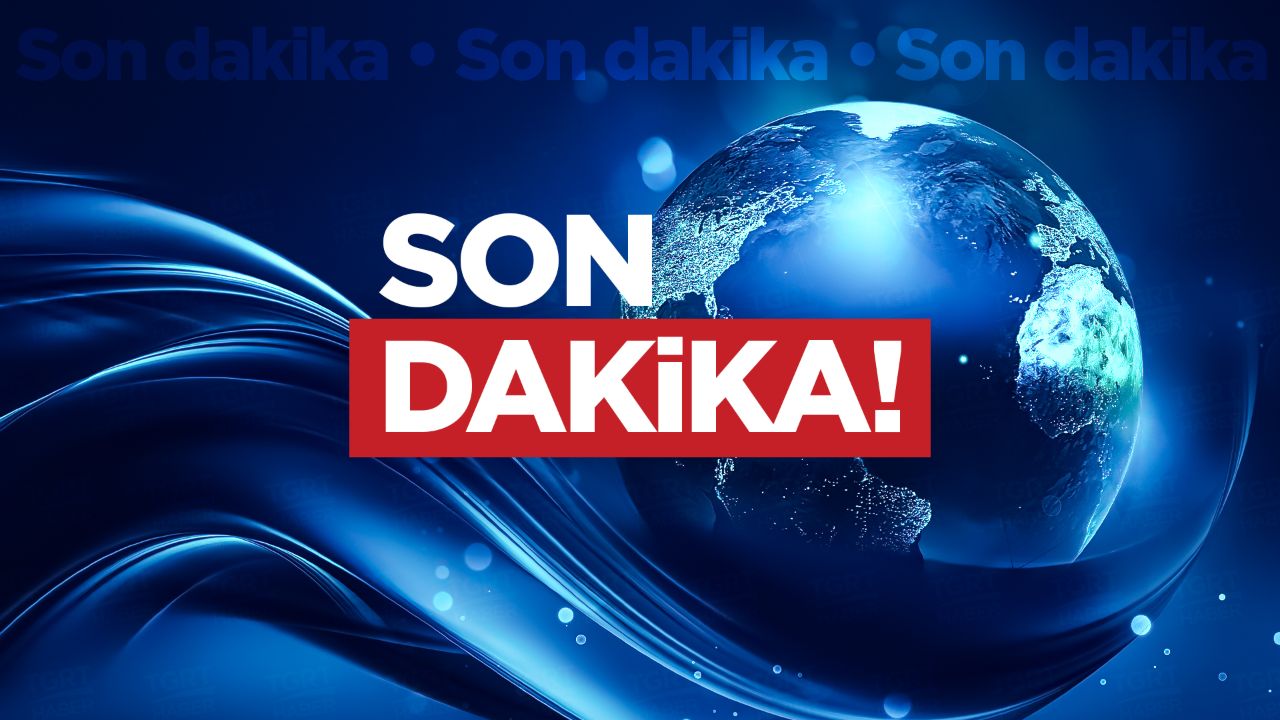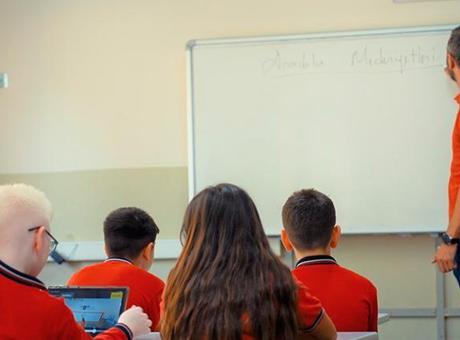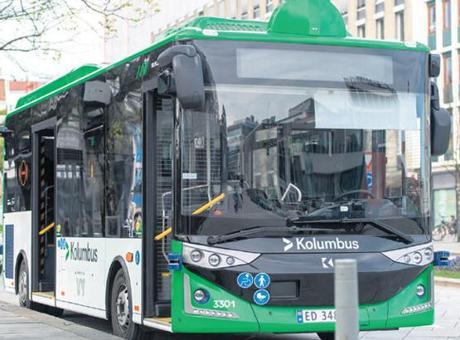Intel’s CEO, Pat Gelsinger, ‘retires’ — riiiiight

Back in the 1990s, when Bill Clinton was president, people figured out they might just want to be on the internet, and Intel and Microsoft were the major technology powers. Between them, they owned the PC market and you’d have been laughed at if you told someone that “WinTel” would collapse like a house of cards in a hurricane.
Things have changed.
On Monday, Intel announced CEO Pat Gelsinger’s immediate “retirement.” Well, the company says he retired — but no one with a clue is buying that. He was forced out by the company’s board of directors, which had grown increasingly frustrated with the pace of his attempts to turn Intel around.
Word is that Gelsinger, who had been at Intel’s helm for nearly four years, was reportedly given two options by the board: retire or be fired. After almost 40 years at the company, he understandably didn’t want to be shoved out the door.
There are many reasons why push came to shove. But you can’t blame it all on Geisinger. Intel had been heading downward since 2007.
Why that particular year? Because 2007 is when Apple introduced the iPhone — with Samsung chips. The iPhone could have had “Intel Inside.” Apple CEO Steve Jobs wanted that, but Intel fumbled the deal. We didn’t know it at the time, but tech users —and everyone else — were starting to move away from PCs to smartphones. (In case you haven’t noticed, Intel has never had a meaningful smartphone chip.)
For the record, Intel did have several smartphone-capable chip families, including the XScale and the Atom. Then, as until recently, Intel was laser-focused on its current PC and server market. This short-term thinking, deadly in the long run in the ever-changing tech business, would show up again and again as Intel started its slow, sure decline.
Next, rather than update its chip foundries, Intel was slow to adopt extreme ultraviolet lithography (EUV), a crucial technology for advanced chip manufacturing. The delay enabled rivals such as AMD and Taiwan Semiconductor Manufacturing Company (TSMC) to take the chip production lead.
More recently, in 2020, Apple dumped Intel for its own ARM-based chips. That hurt.
In the meantime, AMD introduced its Zen architecture, launching Ryzen processors and EPYC chips for servers in 2017. The result? AMD’s share of the desktop market grew from 17.1% in Q3 2017 to 28.7% by Q3 2024, and EPYC gained significant traction in the server market, with 24.2% unit share and 33.9% revenue share by 2024’s third quarter.
Then came the real killer: AI and Nvidia, another example where Intel didn’t see the revolution coming. Truthfully, you can’t blame Intel too much for missing the rise of AI. Few people did. Nvidia, however, had been growing like gangbusters long before AI supercharged its growth. The rise of high-end gaming and cryptocurrency started its rise as a trillion-dollar company.
Intel? The chipmaker’s GPU market share dropped from an already abysmal 2% in Q2 2023 to zero — zilch— in Q2 2024, while rival Nvidia’s share rose from 80% to 88% during the same period.
Meanwhile, Intel’s stock price had dropped by approximately 60% since Gelsinger took over in February 2021. This past October, Intel posted a quarterly loss of $16.6 billion, the company’s largest net loss in its 56-year history. In that same quarter, Intel failed to issue stockholder dividends for the first time since 1992. And then Intel was removed from the Dow.
The latter was the final insult.
Some publications have called Gelsinger’s retirement “surprising.” Please, I’ve been expecting this since the summer, and I’m no genius.
True, Gelsinger had unveiled plans for a $20 billion chipmaking facility in Ohio and expanded operations in Europe. Intel will also — maybe — benefit from billions in aid, thanks to the CHIPS Act to support America’s chip foundry construction. I say maybe because President-elect Donald J. Trump wants to kill CHIPS. He believes tariffs on foreign companies, such as Taiwan-based TSMC, will magically generate billions of dollars to build new semiconductor foundries in the US. Yeah. Sure.
Now, in the wake of Gelsinger’s departure, Intel has appointed CFO David Zinsner and Chief Product Officer Michelle Johnston Holthaus as interim co-CEOs. The board has created a search committee to find a permanent replacement “diligently and expeditiously.” I think I’d have worked on finding a new CEO long before now, but that’s just me.
Frankly, I think Intel is done. No, it won’t fall apart tomorrow. But short of a government bailout, much bigger than the one Trump doesn’t want a thing to do with, I don’t see Intel surviving in the long run.
The name will live on, but Qualcomm, for one, might be the company calling the shots if it ends up buying out Intel. Andy Grove, the CEO who set Intel on its path to glory in b better times, must be spinning in his grave.






